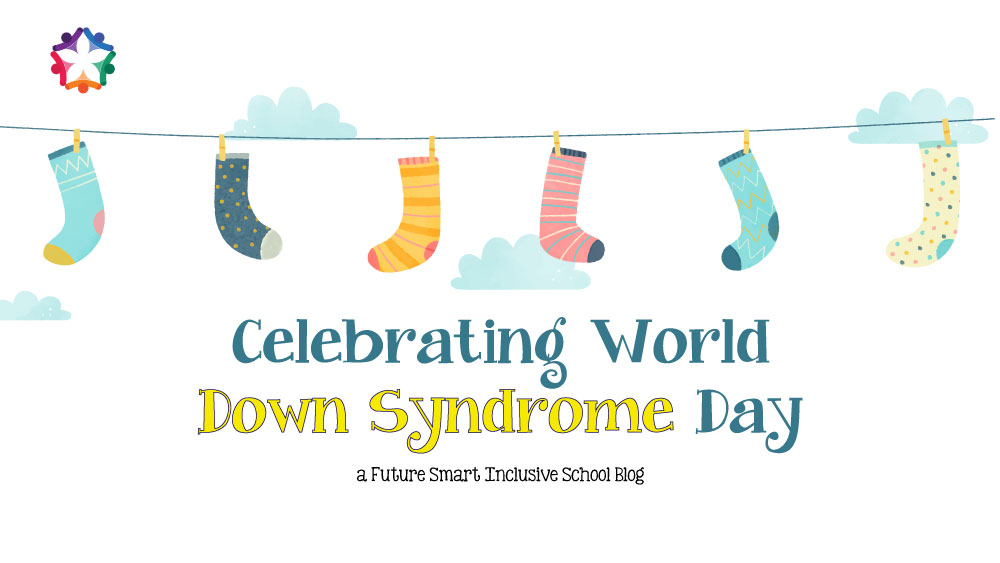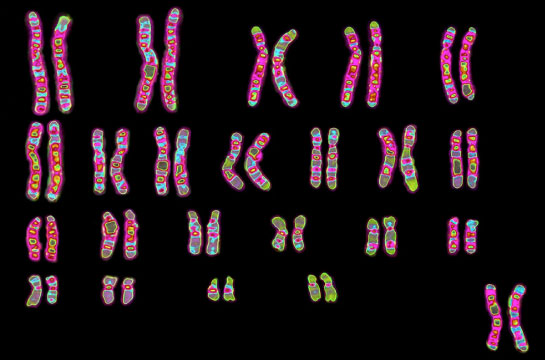Celebrating World Down Syndrome Day

Every year on March 21st, the world celebrates World Down Syndrome Day. This day is dedicated to raising awareness about the chromosomal condition caused by an extra copy of chromosome 21.
![]()
Today, we will dive down to discuss its prevalence, the challenges faced by individuals and families and factors contributing to its occurrence. We’ll also discuss effective strategies for inclusion and celebrating the strengths and abilities of people with the condition.
![]()
What is Down Syndrome?
![]()
Down syndrome results in the presence of an extra copy of chromosome 21. This additional genetic material disrupts typical development, causing the characteristics and challenges associated with the condition.
![]()
People with the condition have identifiable facial features. Some common features include:
![]()
- Almond shaped, upward slanting eyes
- Flattened face
- Poor muscle tone
- Small head
- Short height
- Short neck
- Small hands and feet
- Protruding tongue that often sticks out
- Broad, short hands with a single crease in the palm
- Brushfield’s spots (small white spots on iris of the eye)
![]()
Prevalence of Down Syndrome Across the Globe
![]()
The syndrome is the most common chromosomal condition diagnosed at birth and even before that. Approximate worldwide figures place prevalence at 1 in 800 babies. In the US, about 6000 babies with Down Syndrome are born each year, making it the most common chromosomal disorder. The prevalence remains relatively constant across different ethnicities and socioeconomic backgrounds.
![]()
![]()
Understanding the Challenges
![]()
The first thing to understand is that Down syndrome is not a disease. But it affects an individual’s cognitive and physical development. People with the condition may experience a range of challenges, including:
![]()
Intellectual and learning disability: The degree of intellectual disability varies, but children with the condition typically learn and develop at a slower pace. They may require specialized education and approaches to overcome this hurdle.
![]()
Developmental delays: The condition may also affect the development of important domains. It may result in delays such as speech, language, motor skills, and social interaction.
![]()
Medical conditions: People with the syndrome are more susceptible to certain medical conditions such as congenital heart defects, hearing loss, and vision impairments. These may be treatable.
![]()
However, it’s crucial to remember that these are just general trends. Every person with Down syndrome is an individual with unique strengths, weaknesses, and personalities.
![]()
Factors Contributing to Down Syndrome
![]()
The exact cause remains unknown. It has nothing to do with race, nationality, or socioeconomic status. However, researchers believe that the risk of having a child with Down Syndrome increases with the mother’s age, particularly after 35. Additionally, translocation – a type of the condition – is a hereditary type. If parents carry this anomaly, their offspring may have it.
![]()

A karyotype. Chromosomes under the microscope. Note how they look like socks.
Effective Strategies for Inclusion and Support
![]()
Early intervention plays a vital role in maximizing the potential of individuals with Down syndrome. These programmes can help improve speech and language, behavioural challenges, and physical movement. It is important to note that children with Down Syndrom may require speech therapy, occupational therapy, physical therapy, behaviour management therapy and specialized educational support.
![]()
Beyond early intervention, which is directed at children, creating inclusive environments is fundamental. Here are some effective strategies:
![]()
Promote Acceptance: Empowering communities to embrace and appreciate differences is crucial.
![]()
Inclusive Education: Ensuring access to inclusive education settings allows children with Down syndrome to learn alongside their peers.
![]()
Employment Opportunities: Supporting individuals with Down syndrome in finding fulfilling and meaningful employment in roles suited to them improves their overall well-being.
![]()
Celebrating Strength and Embracing Diversity
![]()
World Down Syndrome Day is a reminder to look beyond perceptions and celebrate the strengths and abilities of individuals with Down syndrome. They contribute immensely to our communities with their enthusiasm, resilience, and unrelenting spirit.
![]()
By fostering inclusion, providing essential support systems, and appreciating their unique talents, we can empower people with Down syndrome to lead fulfilling and happy lives.
![]()
Interesting Fact: What’s with All the Socks?
![]()
Have you ever noticed bright and often mismatched socks featuring prominently in Down Syndrome campaigns? This unique association might seem puzzling at first. What have socks got to do with the condition?
![]()
The origin is very interesting. When you look at chromosomes under a microscope, the pairs often resemble bright coloured socks. And so, socks enterred the pop-culture of the Down Syndrome world. The story behind socks and the syndrome stems from a playful campaign launched by an organization dedicated to people with Down Syndrome and their families. This lighthearted analogy resonated with families and organizations, making socks a recognizable symbol for raising awareness about the condition.
![]()
Each year the “Lots of Socks” campaign encourages people to wear mismatched socks. This is a representation of the uniqueness and individuality of people with Down syndrome. This simple (and fun) campaign has helped spark many conversations about Down Syndrome.




Leave a Reply